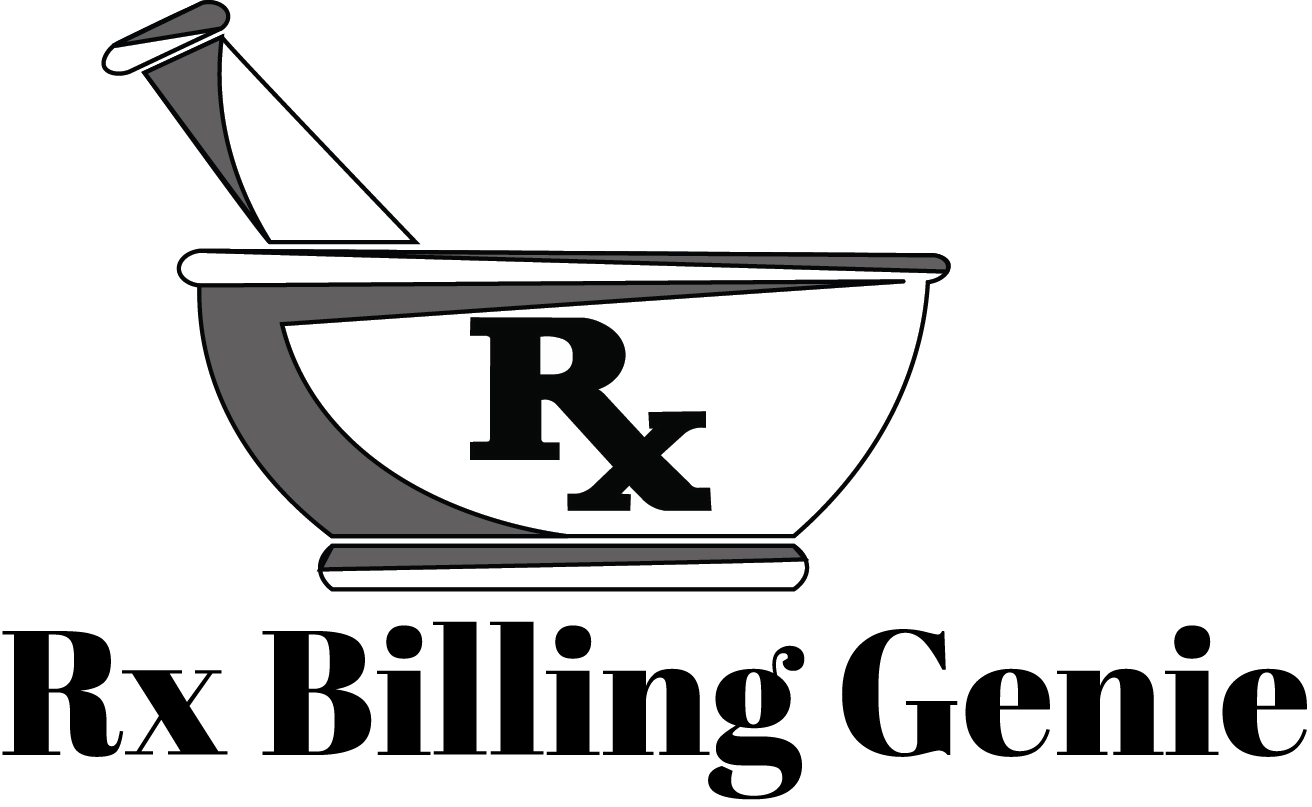Understanding Adjudication and Rejection Codes in Pharmacy Billing
Pharmacy billing is an essential part of medical services that ensures patients accept their medications without financial burden. In any case, claims sometimes move through smoothly; this is where adjudication intervention codes and rejection codes come in. These codes are fundamental highlights that help streamline or stop the charging system.
Adjudication Intervention Codes are used when there is a discrepancy or issue in the initial insurance claim processing. These codes offer a way to intervene in real-time, making required modifications that may allow the claim to go through without sacrifice. They often include direct correspondence between the pharmacy and the insurance agency to ensure all details are right. For example, during insurance adjudication with organizations like Green Shield Canada, these codes play a significant part in clearing up mistakes and pushing the case through.
On the other hand, adjudication rejection codes explain why the insurance company rejects a case. Rejection might result from inaccurate patient information, expired inclusion, or exceeding the allowed dosage of medication, considering many variables. Pharmacy resubmission of claims depends on an awareness of these refusal codes. Pharmacists should handle rejections from companies like ESI or Assure constructively; they are anticipated.
Why Should Pharmacies Care?
Managing both adjudication and rejection rules assures that pharmacies are paid on time, helps to minimize delays in guarantee processing, and promotes the efficiency of guarantee handling. If it's not an excessive amount of effort, manage rejection arrangements properly to avoid wasting cash and disturbing patients.
Pharmacists who use intervention codes and answer properly to rejection codes might keep a perfect charging cycle, diminish mistake rates, and reinforce their functioning associations with protection adjudicators.

